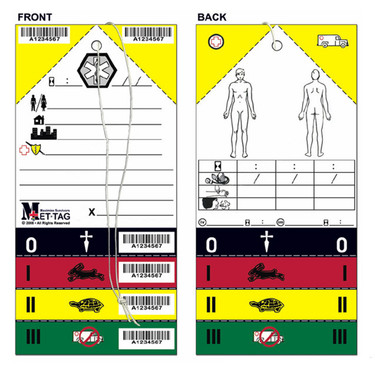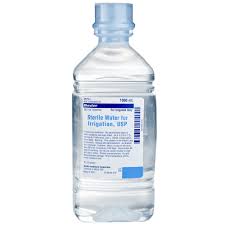The very first thing an EMT should do when approaching a scene
What is BSI/scene size up?
CPR stands for?
Cardiopulmonary Resuscitation
Medical term for fainting
Syncope

Triage Tag
Acronym used to determine a patient's responsiveness.
What is AVPU?
This song is commonly used to teach rescuers the correct compression rate during CPR
Stayin Alive by the Bee Gees
Medical term used to describe a heart rate that exceeds a normal resting rate.
Tachycardia

Sterile Water
After determining a patient's responsiveness, this is the first thing that you should check.
What is an airway?
The number of compressions and breaths given to an adult during one cycle of CPR
30 compressions and 2 breaths
A law that provides basic legal protection for those who assist a person who is injured or in danger.
Good Samaritan Law

Tourniquet
The stiffening of muscles following death.
Rigor Mortis

Ring Cutter
A seizure that lasts more than ten minutes, or 3 or more seizures in an hour
Status Epilepticus